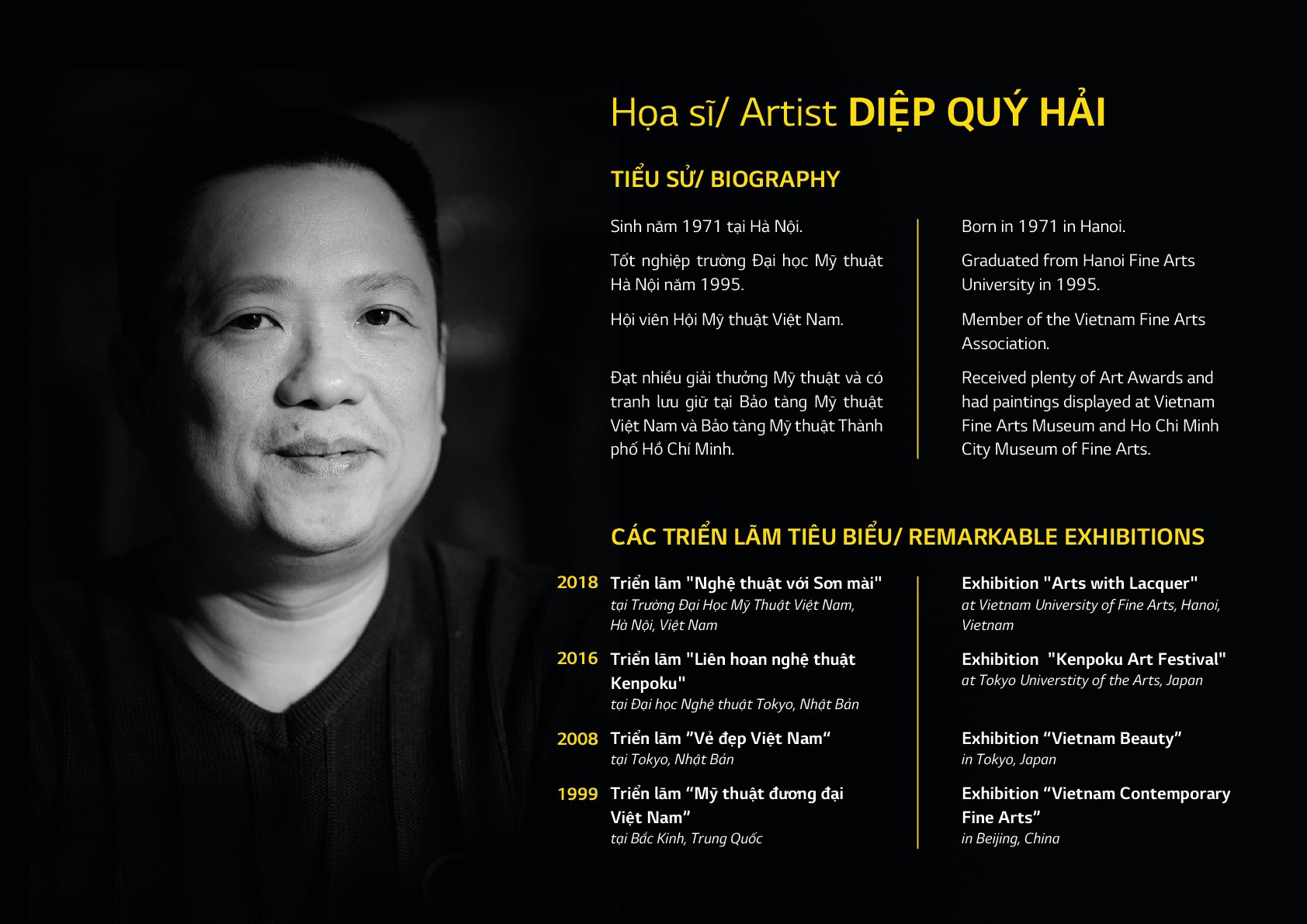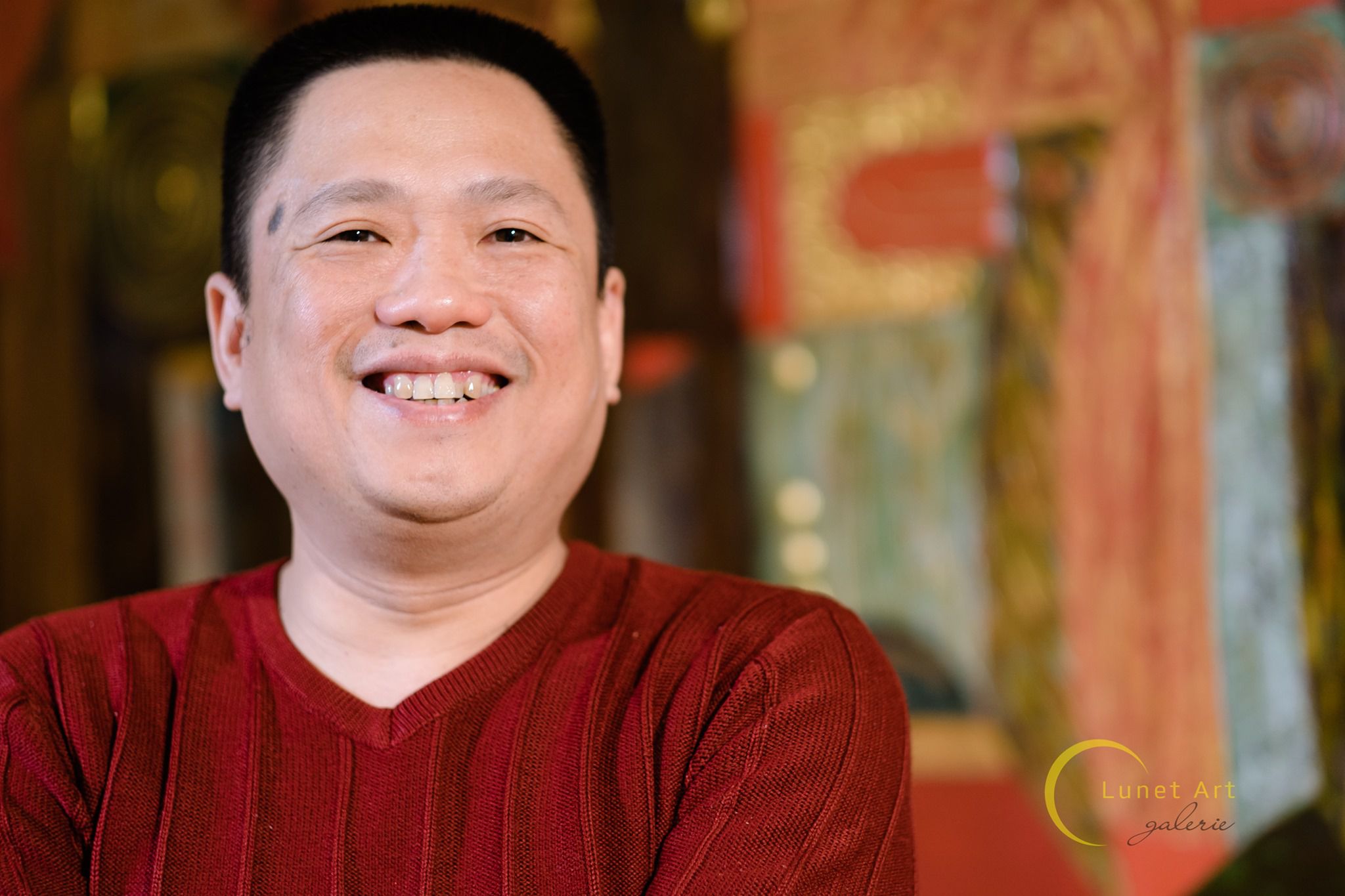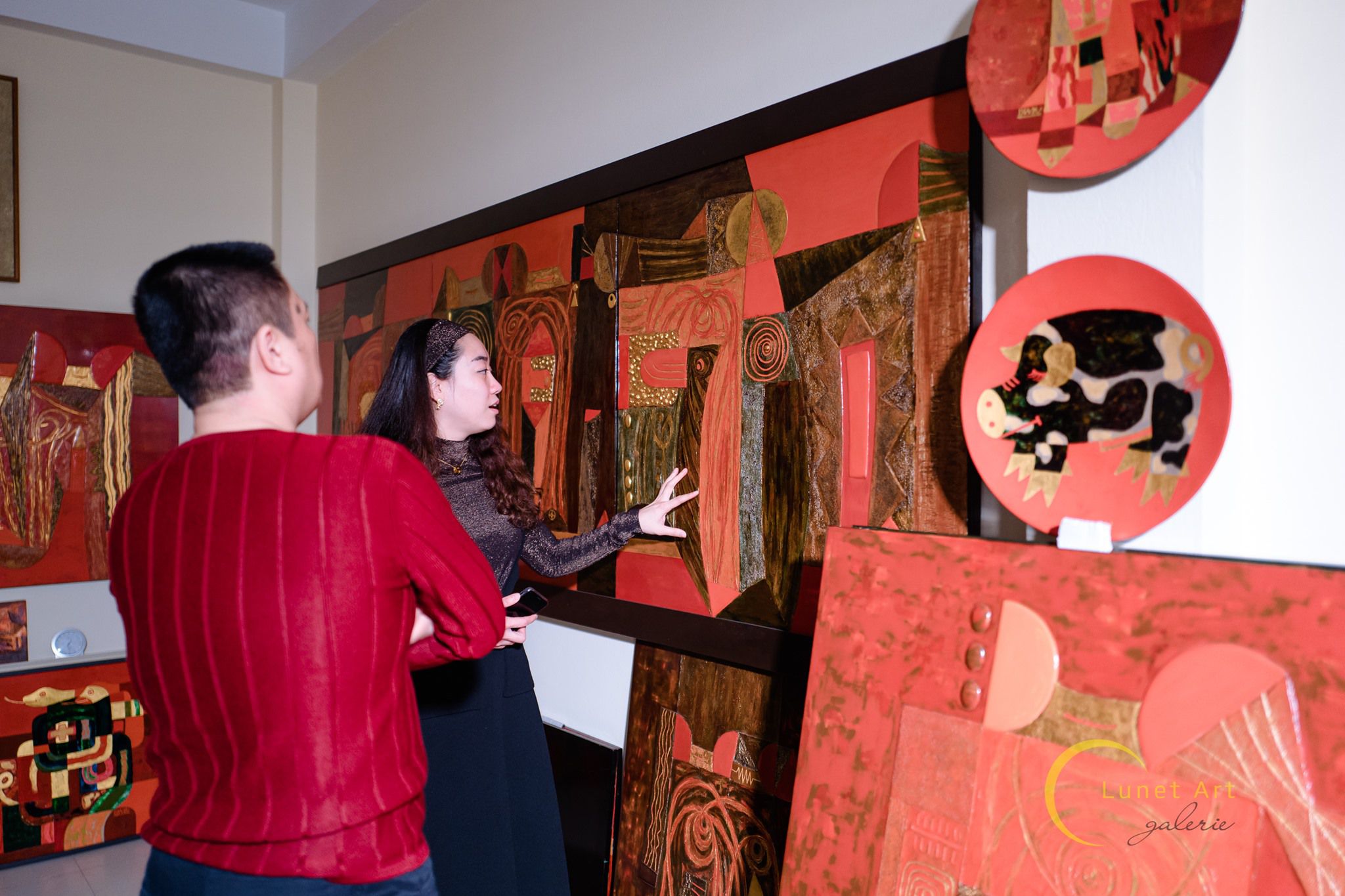Cursory art biography
Painter Diep Quy Hai was born in 1971 in Hanoi, Vietnam
He graduated from Vietnam University of Fine Arts with “Năm bơ xác” painting – which was displayed at the national exhibition and rewarded with the third prize – in 1995.
After that, he was a Fine Art teacher at mentioned university.
In 2002, painter Diep Quy Hai received a master degree in Fine Arts.
He is currently a lecturer in Vietnam University of Fine Arts and a member of Vietnam Fine Arts Association.
Some of his artworks are preserved at Vietnam National Fine Arts Museum and Ho Chi Minh Fine Arts Museum.
As of 2018, the painter has participated in many group exhibitions both at national and international level.

A Painter With Eastern Identity
Painter Diep Quy Hai is known to be not only one of the talents of Vietnamese fine arts but also a painting lecturer at Vietnam University of Fine Arts. Over half of his life up to now, the artist has been commited with the school. Although participating in teaching, he never stop thinking about his own artistic path. With abundant creative energy, we feel a great deal of heat in his works. Watching works in the series “The Moon Night”, we can feel not only a very eastern spirit but also an art philosophy in tune: “Art is like moonlight. Under the moonlight, the reality of life shines on beautiful human values”. In addition to the philosophy of the humanistic art throughout the works, the artist has always sought creativity, analysis to promote the power of painting material.

Artwork: The night fiesta- painter Diep Quy Hai; size: 100×300- 2003
In the art-loving community, the name of painter Diep Quy Hai is mostly associated with the “Abstract expressionist” style on traditional lacquer material. After more than 20 years of attachment, his love for the material has never changed, he believes in the development of Vietnam Lacquer Art, and being more and more loyal with it. He selects and exploits the intrinsic power of the material, and finds it in “Abstract expression”.


He has shaped his own art style. It contains the strong inspiration of using the basic color palette of Lacquer, combined with abstract expressionism’s modern figurative art. The resultant works are clever fusion between tradition and present.
Embossed cubes are opposed to deep cuts, square plates in opposition to circular strokes, zigzag lines in contrast to large color areas, Robust cubes also oppose the softness of the road curved, but the softness envelopes the strongness. This might be the philosophy of power, that sometimes the softness is the power that the mighty is easily covered by. The contrasts have tempo, rhythm and graphic layout which are imbued with the philosophy of Eastern Yin-Yang; the symbols are distilled by the bold vermilion – “then” (a special deep and slick shade of black delicated in Lacquer) in the style of Diep Quy Hai – The painter with Eastern identity.


